It was early one morning when I arrived at the office. The entire floor was quiet. I did what I often do as the leader of a business: I walked around the floor to interact one-on-one with team members.
As I rounded a corner and got closer to a particular office, I could hear what sounded like two people arguing. I approached slowly with curiosity and a bit of concern. The door was open so I could clearly hear the voices of two director-level members of the technology team who were clearly arguing with each other. Rather than barging into the office thinking I needed to break up or mediate a dispute, I chose to stand outside the open door and listen first.
What I actually heard was two very bright, capable and knowledgeable individuals engaged in a serious debate about a technical approach to a problem. While passionate, their words were respectful toward each other. The substance of their comments was not about convincing the other person that one’s idea was better than the other’s idea. Rather, it was focused on coming up with the best approach to solve a business problem.
Then and only then did I walk into the office. I told them that I did not want to interrupt them, that it was obvious they were respectfully debating what was best for the business, that they should get back to doing what they were doing, and that I and the rest of the team were here to help them if they needed anything. I then walked out and could sense that these two individuals were shocked that they were basically just told, “keep fighting.”
I retell this story because, unfortunately, situations like this are both rare and rarely acceptable in organizations. While there are numerous reasons for this, one of the most common factors is that organizations have a culture that tolerates and promotes behavior where individuals are looking out for themselves first. This interferes with healthy conflict and fosters a culture of distrust, backroom politicking and throwing colleagues under the bus. The impact on the business is that you have a less than optimally functioning (if not completely dysfunctional) organization that fails to get the most out of its team and neither retains nor attracts world-class talent.
Countering the “me first” culture
So what can leaders, managers and employees in general do to create a culture that welcomes, values and rewards debate and puts the company first – all with an eye toward creating a high functioning, connected organization of which people want to be a part, as opposed to a self-fulfilling culture of distrust, backroom politicking and throwing colleagues under the bus?
“A good manager is a man who isn’t worried about his own career but rather the careers of those who work for him.”
– H.S.M. Burns, former president of Shell Oil Company
Here are some ideas as to how to create a culture that encourages putting the company first:
Lead with questions
As I emphasized in an earlier writing, it is more powerful to lead with questions than with statements. The opportunity to learn from listening is greater than learning from talking. This approach also removes the accusatorial nature of confronting someone with a statement. How do the following examples feel different and allow individuals to feel more comfortable being vulnerable in front of others?
- “I don’t think that makes sense” vs. “Can you help me understand how you came to that conclusion?”
- “I don’t agree” vs. “What if we looked at it a different way”
- “We tried that before and it didn’t work” vs. “How is that different from what we tried before?”
Debate what is written on the board; not the person
Having clear priorities and goals for the organization is a great and essential start, as it helps frame and bring focus to discussions and debates. As a further evolution, when an issue is being debated amongst colleagues in a meeting, have people write out the key facts and options on the white board. In addition to then being able to compare the scenarios to the priorities and goals of the business, the conversation shifts from being between people and personalities to being about the business and what is written on the wall. Amazingly, this approach defuses the subjectivity and makes it harder to dig one’s heels into a particular position. It is also likely to more quickly lead to the best answer for the business.
Make It acceptable to make mistakes
There are only two types of mistakes that I try to prevent: fatal mistakes and mistakes that someone has either made before or knew someone else has made. Short of these two types of mistakes, create an environment that encourages and supports challenging boundaries while working together in the best interest of the business. By analogy, according to the American Ski Instructors Association, “Ski instructors are taught that if their students aren’t falling at least once per run they are not learning new, improved form.”
Similarly, if you ever find yourself feeling that down the road you might say “I saw that coming” or “I had a feeling that was going to happen” you owe it to the business to speak up right then and there. You can’t guarantee that you are right and you can’t guarantee that people will listen, but provided you handle it in a respectful and appropriate way, you will have done what is best for the organization.
Support a continuous feedback learning culture
There is nothing magical about an annual review. Waiting to give feedback based upon a calendar limits the effectiveness of the feedback and the ability for the individual to grow and change. Instead, provide regular, constructive, actionable feedback close in time to the occurrence that triggers the feedback. Doing this consistently throughout the organization as part of the culture also makes the entire organization higher performing and sets the tone that there is always opportunity for everyone to improve.
May we all as leaders, managers and employees do more to create cultures in our organizations that make the “me” in “team” secondary to the organization itself. May we welcome, value and reward debate and put the company first – all with an eye toward creating high functioning, connected organizations of which people are proud to be a part.



